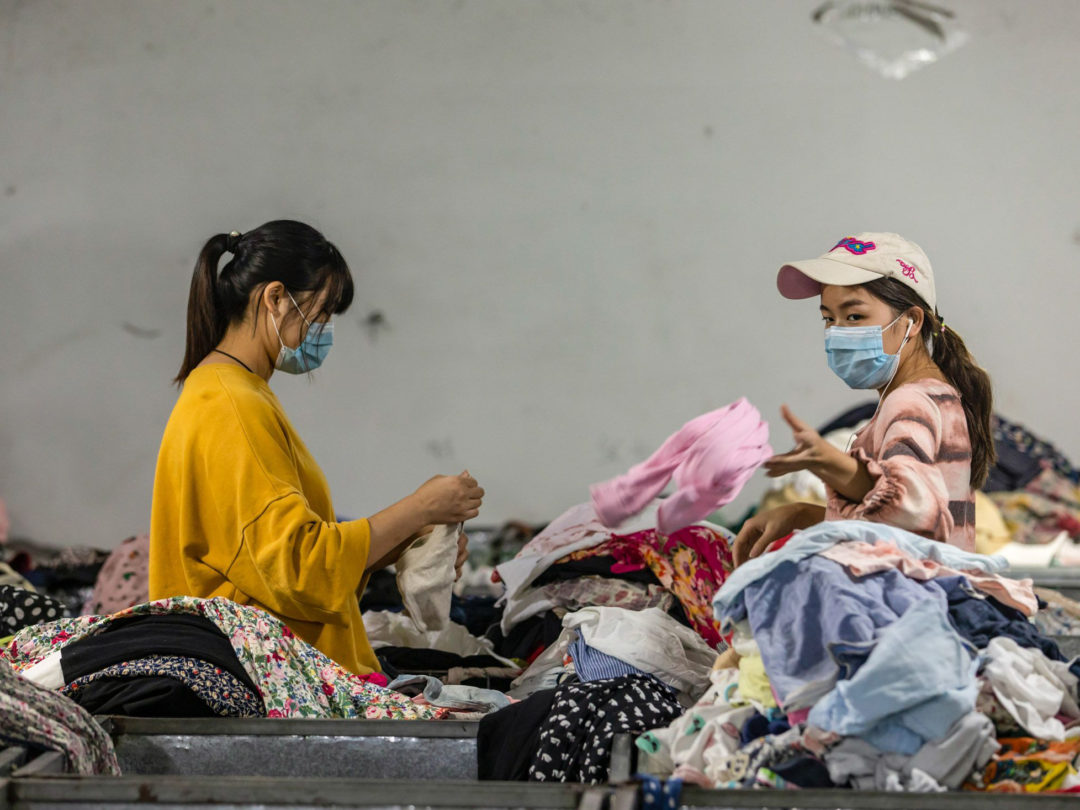
Recent controversy over "fast fashion” has helped expose systemic flaws in the way apparel has been produced and consumed for the last two decades.
Even before the pandemic, fashion manufacturers were being forced to respond and make uncomfortable adjustments. The conversation has since shifted to a breakdown of the industry’s supply chain and, of course, to inflation. In other words, the controversy has not gone away, although the spotlight is now on the factories and manufacturers rather than retailers. This is not a bad thing.
The fashion supply chain has endured several disruptions over the past two years, particularly due to lockdowns in China and Vietnam. Factory and port closures have created a domino effect that couldn’t be easily fixed. “Fast fashion” relies on both mass production and just-in-time inventory practices; the latter implies a rapid flow of product from factory to store. When this flow was suddenly interrupted last year, what has become known as the supply chain crisis rapidly disrupted all levels of commerce. Once-abundant raw materials dried up, leaving the end product nonexistent just as consumption heated up. Meanwhile, factory workers who had returned to their provincial homes proved hard to lure back even as lockdowns eased.
Our dependence on cheap overseas products has become painfully obvious. We need to take steps to reshore entire industries, and we need to act now. Fashion should be at the top of the list.
Why? More than ever, apparel consumers are investigating where things are made, how they’re made and who’s making them. They’re demanding transparency on fair labor practices, including human rights and forced labor issues. The most notable recent example of this type of passive consumer activism is the Xinjiang cotton boycott, which grew out of concern for the Chinese government’s mistreatment of the country’s Uyghur minority. Fast-fashion companies quickly found themselves in an impossible situation. The boycott pleased their western consumers, but many brands found themselves banished from Chinese stores and e-commerce websites when they complied.
It’s no surprise, then, that nearshoring (or “deglobalization”) is gaining momentum as supply chains have proven less resilient than advertised. This trend has been intensified as information comes to light about human rights abuses across industries — not just in apparel, and not only in Xinjiang. The “conscious capitalism” movement can be seen virtually everywhere, and is often coupled with the “craft” movement that has given rise to farm-to-table marketplaces and restaurants, craft breweries and distilleries, Etsy shops and more. We’re witnessing the emergence of a new era in which companies are being forced to re-examine longstanding business practices. Mass is out; fast is next.
The most visible and most immediate effect, of course, has been inflation. Though it may seem controversial (or even heartless) to say so, rising prices are actually a good thing. Products have been artificially cheap for too long, seriously undervaluing those who make them. There will always be a market for low-priced goods, but no person’s clothes should be subsidized by the trampling of another’s human rights.
As painful as it may seem now, we’re all going to have to recognize that the prices we’ve been paying for clothes and shoes have been artificially low for decades. They cannot remain so much longer. We came to justify our fortune by telling ourselves that, if we weren’t giving these factory workers a job, they couldn’t make a living and feed themselves. But what we were really doing was devaluing the efforts and talents of entire cultures, while simultaneously taking shortcuts to continually bring costs lower. Shortcuts on worker safety and product quality are simply not sustainable, nor can they be remedied overnight. As consumers, we should get used to paying more for the goods we purchase and use. We should also expect that the companies producing our clothes and shoes are doing so in a premium manner. Choosing quality products that will last over disposable “fast” fashion is the future. As Vivienne Westwood once said: “choose well and make it last.”
That said, why should we wait for companies to do the right thing? Customers can start changing their buying habits right now. Revolutions start small, but small steps can add up until the world itself is changed. Fast fashion deserves to die a fast death; but even if it takes a little longer, it will have been well worth the wait.
Shannon Scott is president and founder of Communitymade.







